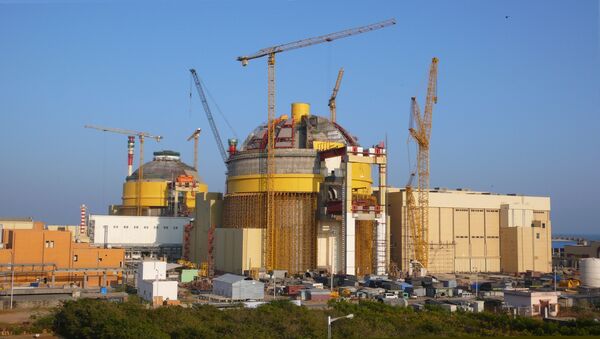India has been negotiating with the company for more than a decade, soon after New Delhi and Washington signed a historic civil nuclear deal in 2008.
"Presently techno-commercial discussions to arrive at a project proposal for setting up nuclear power reactors in cooperation with Westinghouse Electric Company (WEC) are still in progress", Jitendra Singh, Minister of State for Atomic Energy said on Wednesday in Parliament.
There was hope in March this year when a joint statement issued after the India-US Strategic Security Dialogue had mentioned that the two countries are "committed to strengthen bilateral security and civil nuclear cooperation, including the establishment of six U.S. nuclear power plants in India".
But, Singh's response on Wednesday indicated that the negotiations have been bogged down due to Westinghouse's dire financial situation. The technical-commercial aspects of the six AP-1000 (6 x 1208 MWe) reactors are essential for the deal to be finalised.
Westinghouse filed bankruptcy protection in 2017, creating a wider financial crisis for its owner Toshiba. Later in August 2018, Toshiba concluded a 100 percent stake sale in Westinghouse with Brookfield at a cost worth around $4.6 billion.
In response to the firm's financial trouble, Singh said, “The various issues emerging out of the acquisition of Westinghouse Electric have been factored in the discussions".
The company was hoping to close the technical-commercial negotiations with India early after the bailout.
India aims to double the country's nuclear power capacity by 2024-25, but has been worrying about the cost of the American project slated to be set up in Andhra Pradesh. New Delhi has put forth several options for the American side to curb the project costs to put them level with the costs of two "VVER" series reactors being set up by the Russians at Kudankulam (Units 3 and 4), in southern Tamil Nadu. The Indian government had projected the cost of Kudankulam 3 and 4 units at around $6 billion.


